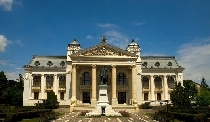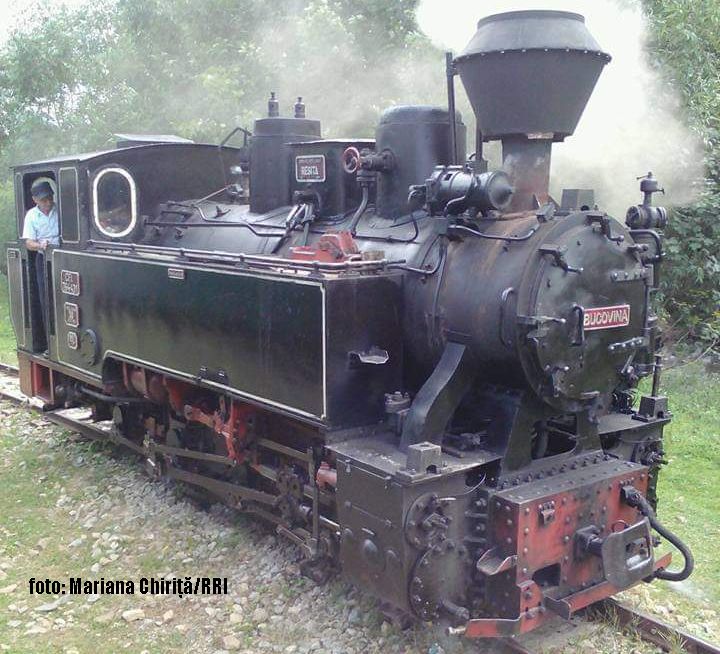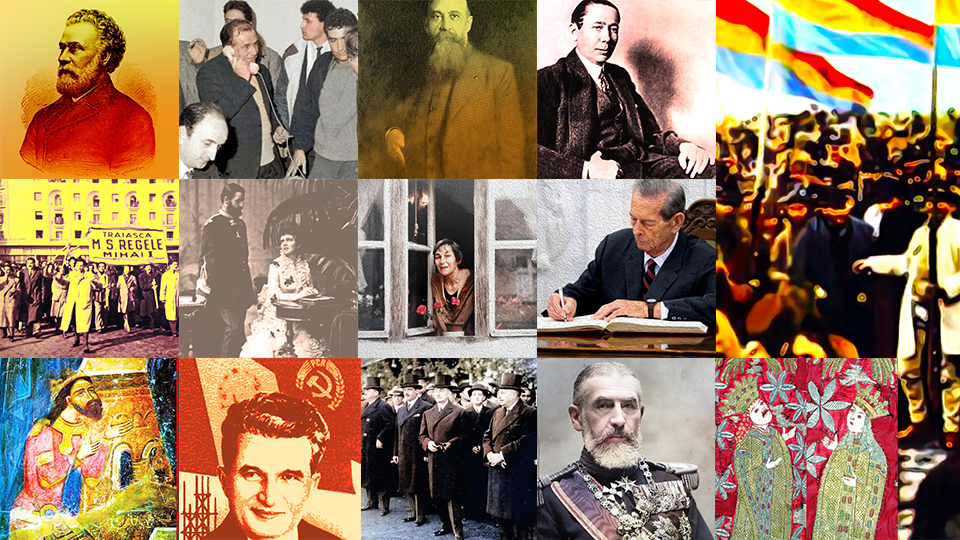The Iasi National Theatre
2016 is for the theatre world in Iasi a year full of anniversaries.

Christine Leșcu, 13.02.2016, 16:56
200 years ago, in 1816, the then capital of Moldavia, saw the first performance of a play in Romanian. Later, in 1840, that is 176 years ago, the institution of the National Theatre in Iasi was founded and in 1896 the building that has since sheltered the theater of Iasi was inaugurated. Considered today one of the most impressive edifices in Romania, the Iasi National Theatre building was born as a result of a tragedy. The institution’s artistic director, Daniel Busuioc, tells us more about it.
Daniel Busuioc: “In the beginning, as we all know, the Iasi Theatre was housed in a building in the Copou Park, being called “The Big Theatre of Copou”. But the building burnt down in February 1888 and until 1894 steps were taken for the building of a new national theatre. A letter addressed to a prominent cultural personality of the time, Titu Maiorescu, the then Minister of Public Education, wrote that ‘the lack of a theatre in Iasi does not compare to any other shortage. It is as if Iasi were left in the dark, as if it were deprived of intellectual life and were plunged into a frivolous life that cannot mould characters.’ Consequently, the present building was raised according to the design of the Viennese architects Fellner and Helmer. However, a Romanian contractor built the theatre. An electric power plant, the first of the kind in Iasi, supplied the theatre with electricity. It was at that time that the first public lighting poles appeared, standing close to the theatre. The style of the building is eclectic, with Baroque, Rococo and Viennese Neo-Classical elements. The grand hall seats 750 people. The chandelier has crystal light bulbs from Vienna, the main curtain is painted by the Viennese master Lenz, it is the only extant main curtain, with the illustration of an allegory of life, with the three stages of life on the centerpiece, and on the right side we have a symbolic representation of the Union of the Principalities. The ceiling is painted by Alexander Goltz, and its theme is ‘Story’, figuratively represented by paradise allegories, with nymphs and cherubs in a Rococo stucco structure. On the ceiling, above the orchestra pit, we find the crest of the four united Romanian provinces.”
The Grand Hall was inaugurated on December 1 and 2, 1896, with Flechtenmacher’s National Overture, the vaudevilles The Burdujeni Muse by Negruzzi, and ‘Cinel-cinel’ by Vasile Alecsandri, as well as the versified comedy ‘The Romantic Poet’, by Matei Millo. The proceeds for the first evening were donated to the poor, with the artists getting paid from the proceeds of the second evening. Today, the building of the Iasi National Theater is not only a venue for live shows, but also a museum preserving objects salvaged from the hall on Copou Hill. Here is artistic director Daniel Busuioc.
Daniel Busuioc: “In the 1888 – 1889 season, Hamlet was on in Iasi. Following the fire that broke out in 1888, they managed to rescue only several costumes, and today we have the costume the great Grigore Manolescu wore in ‘Hamlet’. It is on display in the National Theatre foyer. Right now we have also inaugurated an exhibition marking all the events that are being celebrated this year, with the help we got from the Literature Museum in Iasi that made available for us costumes and items that belonged to actors, posters and show programmes. All these are on display in the theatre lobby. For instance, spectators can see a lamp stand used for stage lighting, which was also used in the Copou Theatre. Also, they can see costumes that belonged to great actresses of the past. All these mark important moments that were preserved in the affective memory of the public in Iasi. “
In the autumn of 2015, the BBC TV station listed the National Theatre in Iasi as one of the most beautiful theater buildings in the world.






























